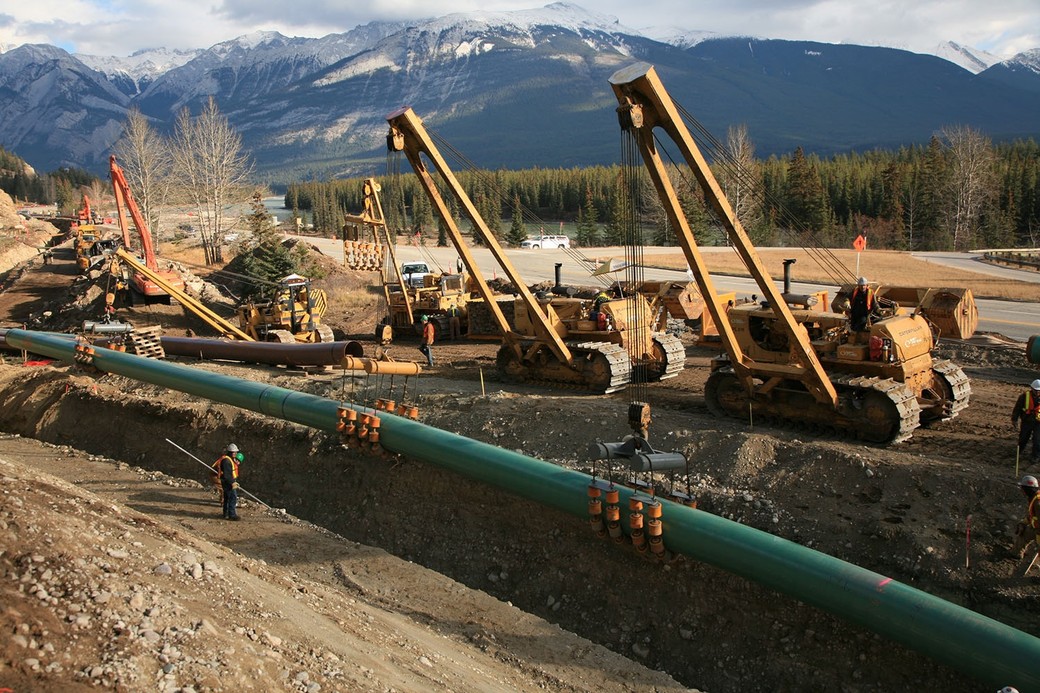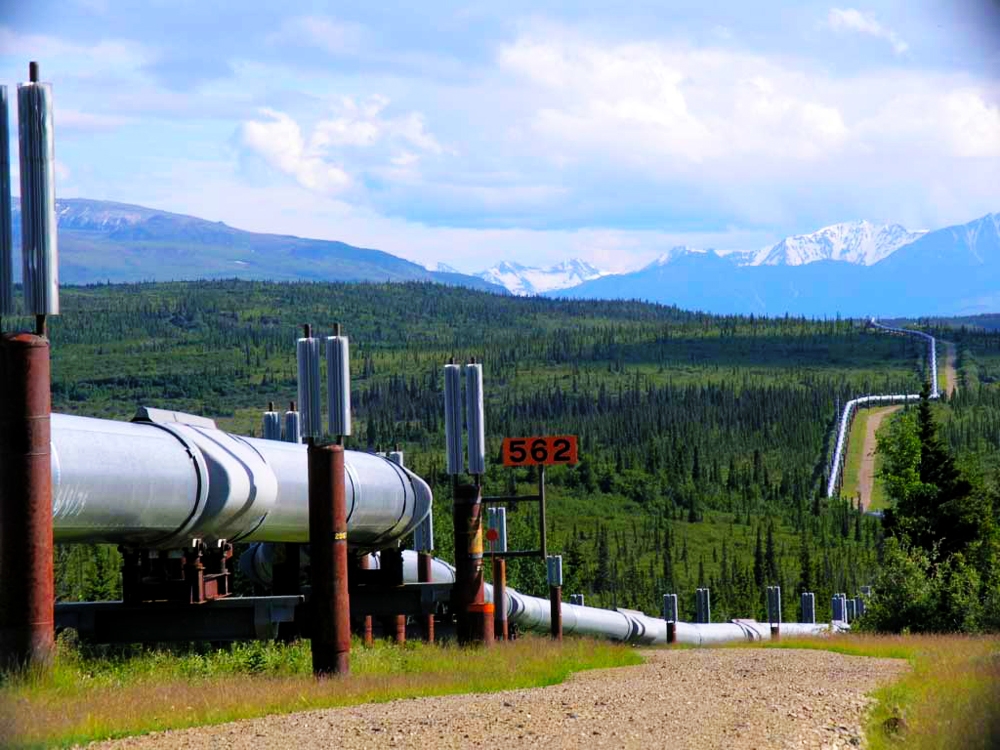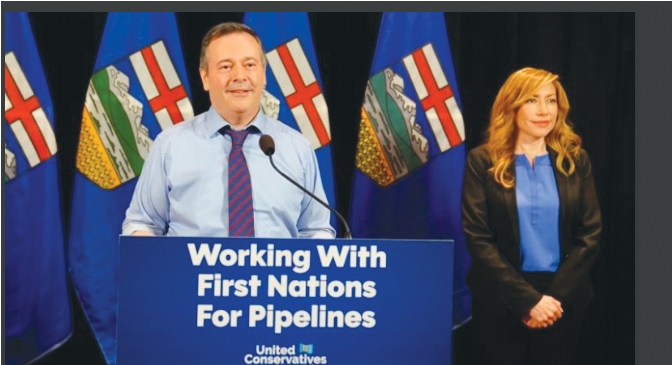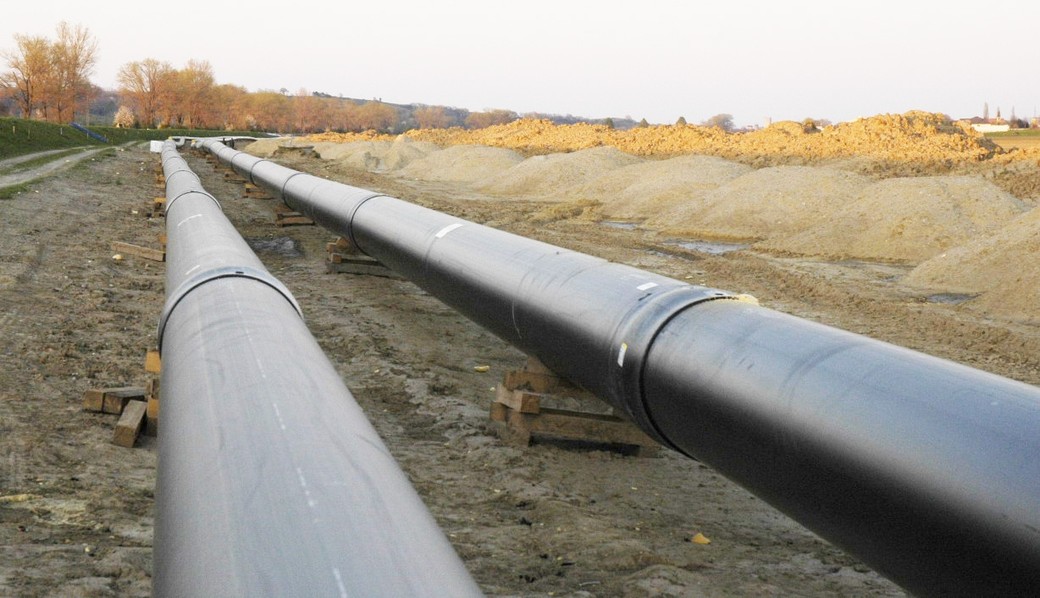
Improving safety—the mainstay of the pipeline industry
Pipelines are a safe and efficient means of transporting large quantities of energy sources and fuels. These liquids and gases need to be kept in controlled conditions to ensure they do not pose any risk to the public and the environment. That’s why safety is the top priority for the Canadian Energy Pipeline Association (CEPA) and its member companies. Brenda Kenny, president and CEO, CEPA speaks about how the transmission pipeline industry is driving collaboration, innovation and action on safety.
OTTAWA LIFE: How is industry responding to increased public interest in pipelines?
Brenda Kenny: A key response is through collaboration. When it comes to issues that are important to Canadians such as safety, collaboration is demonstrated by the belief that one member company's incident is everyone’s incident. Beyond emergency response, increased collaboration is also being seen in the adoption of new best practices and continued commitment to CEPA Integrity First® – a program where CEPA member companies work together to define and implement collective best practices and leading-edge technology to advance safety and help the industry continue its progress along a sustainable path. We’re also responding by engaging Canadians, providing answers to questions and working to build enduring trust.
OLM: Are there increasing opportunities to collaborate?
BK: More than ever, our member companies are coming together to collaborate. In 2013, CEPA members signed a Mutual Emergency Assistance Agreement (MEAA) that formalizes an existing practice of companies lending critical resources to each other in an emergency. In September 2014, we put MEAA to the test in our first joint emergency management exercise. We also collaborate through CEPA Integrity First® which allows our members to jointly develop best industry practices in areas such as safety and the environment. CEPA Integrity First® currently focuses on pipeline integrity and emergency management.
OLM: How are leaks and other structural issues monitored in this closed environment?
BK: lines are monitored 24/7 using highly sophisticated systems that detect the smallest variation in line operation. Operators are dispatched to undertake repairs or shut down the line if required. Companies also conduct aerial surveillance, often flying over pipeline systems weekly. Additionally, internal line inspections, using instruments similar to CAT scans and MRIs, known as pipeline pigs, inspect pipelines from the inside to identify changes such as dents or wall thinning that could threaten the integrity of the pipeline.
OLM: How do you respond to those who question the safety of pipelines?
BK: Safety is our number one priority. Critical attention is always given to risk factors such as proximity of populations, environmentally sensitive areas and closeness to water bodies. Extra precautions are implemented in these cases such as strategic placement of mainline valves, automation of valves for quick shutdown, extra strength or thicker wall pipe, and more leak detection sensors. It’s important to note that Canada’s safety record is second to none in the world and that our standards are internationally recognized because they are extensive and part of provincial and federal regulations.
OLM: In the unlikely event of a spill, what steps must pipeline operators take?
BK: Before a pipeline is active, an emergency response plan appropriate to the operating environment must be in place. The plan identifies trained personnel and equipment along the entire route. Through MEAA, we respond to any incident collectively. The emergency plan is activated, the situation is monitored and evaluated, and prompt action is taken to contain, clean up and, if necessary, remediate the area. The operator is also fully responsible to resolve and pay for the entire cleanup of an incident. We fully support the federal government’s steps toward liability and a proposed pipeline safety act allowing them to step in should a company be unable to respond. However, that has never happened, and we don’t intend for it to happen.
OLM: What role does technology play?
BK: Technology plays an important role in reducing risk as the evolution of pipeline technology parallels advancements in pipeline safety and involves improvements to just about every aspect of pipelines, including; standards, materials, pipe making, pipe joining, corrosion control, maintenance, inspection and leak detection. For example, fibre optics are being tested to monitor pipeline rights-of-way 24/7. The goal is to receive early warnings when potentially dangerous activity, such as digging, is taking place in an area. Another technology, fitted to the underside of an airplane, is being tested to detect unexpected methane in the air that may indicate a small leak on a natural gas line. Our universities also have the highest proportion of pipeline researchers in the world and our industry works hard to support them. We also have a numerous innovators focused on accelerating safety solutions.
OLM: Why are pipelines so important to Canada?
BK: Pipelines are critical infrastructure that allow us to transport needed energy product domestically and internationally. Providing access to global markets can benefit all Canadians. It’s also about energy security and providing Eastern Canada a choice in where their energy is sourced. As we transition to a greener energy future, we have the opportunity to access the prosperity that will help get us there. It’s not an either/or proposition. We can reach this goal together












